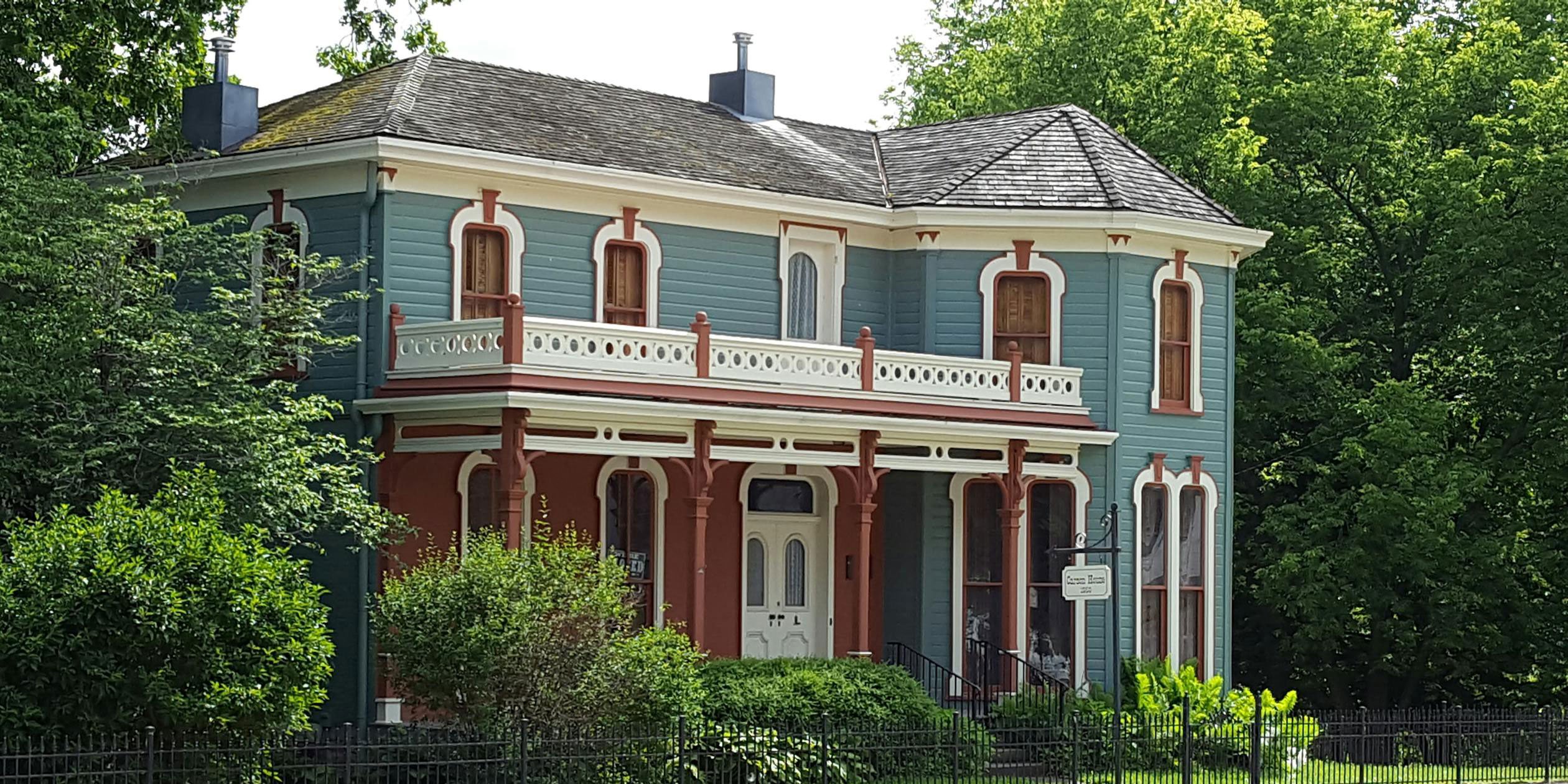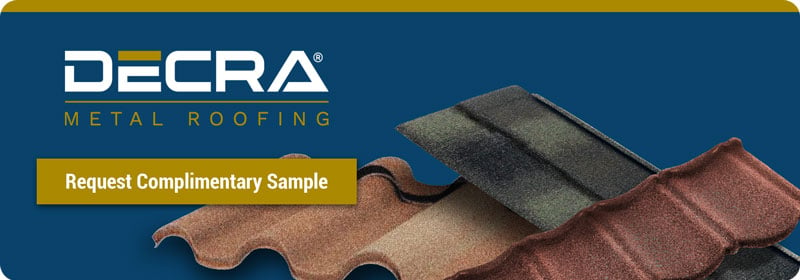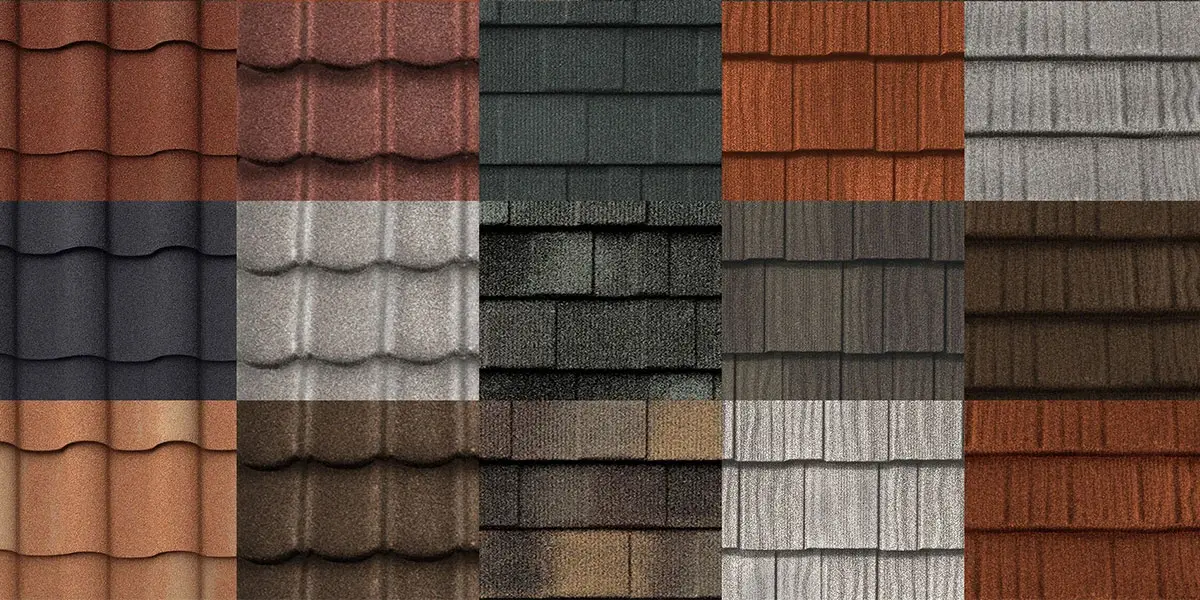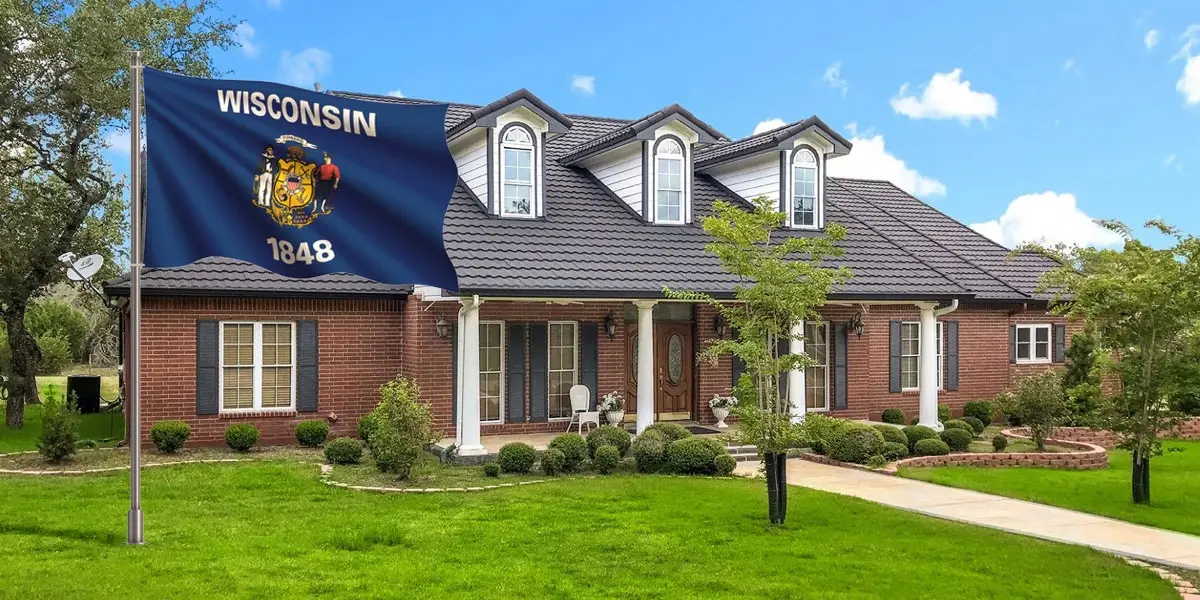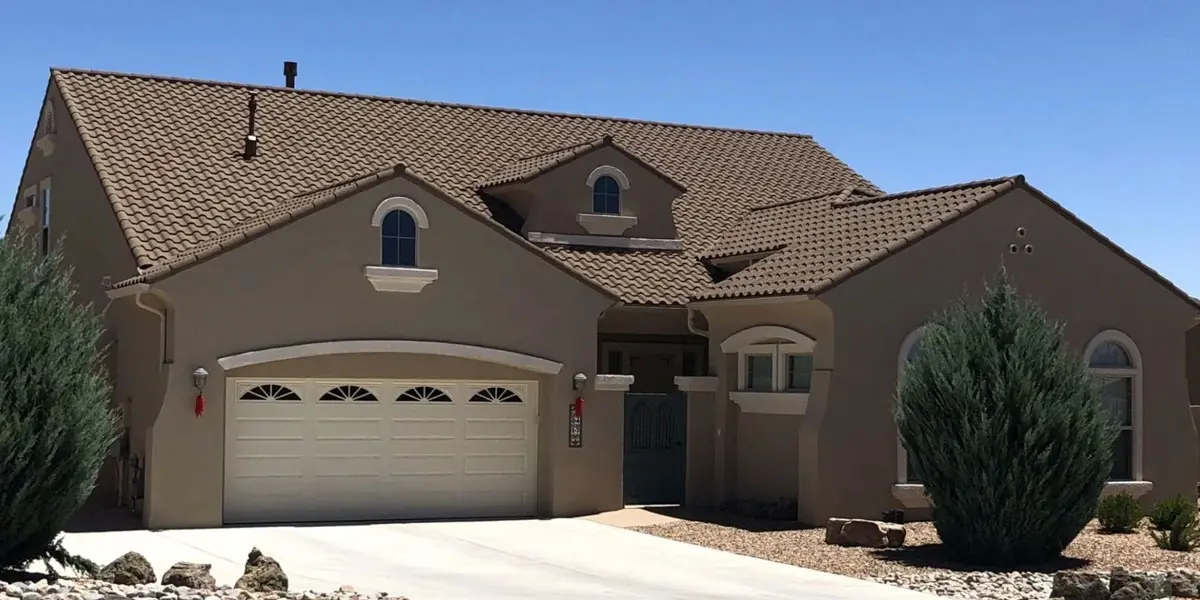Is your roof starting to show signs of aging, with wear and tear becoming more noticeable? If you have an asphalt shingle roof, you may be weighing your options—whether it's because your roof needs repairs, or you're looking to boost your property’s value before selling.
In some cases, a full roof replacement may not be required. Homeowners choose to install a metal roof directly over their existing shingles. In this article, we'll take a closer look at how this option works, covering:
- Why many homeowners are switching from asphalt shingles to metal roofing
- Factors that influence whether you can put a metal roof over shingles
- Frequently asked questions about metal roofing over asphalt shingles
Keep reading to understand the factors that influence a potential roof-over and whether it will work for your property.
Why Homeowners Are Switching from Asphalt Shingles to Metal Roofing
As homeowners seek more durable roofing solutions, many are turning to metal roofing as a preferred option. The reasons for this shift are numerous, ranging from enhanced longevity and energy efficiency to improved curb appeal. In some cases, homeowners are opting for a roof-over installation rather than going for a full roof replacement. This approach not only streamlines the installation process but also offers a range of benefits that make it an appealing choice for those looking to upgrade their roofs without the hassle of a complete teardown.
Metal Roofing vs. Asphalt Shingles
First, let’s look at the reasons homeowners are choosing metal over asphalt shingles.
- Longevity: A metal roof lasts two to three times longer than traditional roofing materials, giving homeowners 40 to 70 years of durability compared to the 12 to 20 years typical of asphalt shingles.
- Durability: In addition to its impressive lifespan, homeowners choose metal roofing for its exceptional durability. Stone-coated metal roofs, like DECRA, offer better protection than asphalt, with the highest possible impact rating and a warranty that covers hail up to 2.5 inches in diameter. Unlike asphalt shingles, which can be vulnerable to strong winds, DECRA’s unique interlocking and fastening system helps to prevent wind uplift and is warrantied for winds up to 120 miles per hour.
- Efficiency: Metal roofs are one of the most energy efficient options available. In fact, they can save a homeowner up to 40% on energy costs by reflecting sunlight instead of absorbing it. Asphalt traps heat, causing it to build up inside the home, while metal roofing helps prevent this heat retention, keeping your home cooler and more energy efficient. Additionally, metal roofs are compatible with solar panels.
What is a roof-over, and when is it possible?
Next, there’s the question of a roof-over (installing a new layer of roofing material directly over an existing roof) versus a full replacement.
For many homeowners, time is a key factor. Installing a metal roof over existing shingles is typically faster than a full replacement because it skips the step of removing the old roof. This can save anywhere from a day to a week, depending on the roof’s size and shape. With an intricate roof, tearing off old asphalt and addressing any underlying repairs or cleaning adds time.
That extra labor also means higher costs. Whether your roofing estimate is a flat fee or based on hourly work, the tear-off process will add to the overall expense.
A full roof replacement can mean more disruption to your household, while a roof-over usually results in fewer days of work. For families with kids or pets, and for those who work from home, less disruption makes daily life easier—another reason some people choose a roof-over..
There's also the matter of asphalt shingle disposal. Homeowners may indirectly cover this cost through their estimate, such as with a dumpster rental. For environmentally-conscious homeowners, a roof-over produces less waste, making it a more eco-friendly option.
For these reasons, many homeowners opt for a roof-over when possible. The next section covers what you need to consider when installing metal roofing over asphalt shingles.
Factors that Influence a Roof-Over
Many people are surprised by how lightweight metal roofing is, which makes it ideal for a roof-over. For example, you can’t install concrete tiles over asphalt shingles because the combined weight would be too much for the existing roof structure to support. Here are some other factors that impact whether a roof-over is possible.
Local Building Codes
Before proceeding with a roof-over, it’s important to check local building codes, as some jurisdictions allow metal roofing over asphalt shingles while others do not. Working with a knowledgeable contractor is essential to ensure compliance with your area’s regulations and to confirm that your metal roof-over project is permitted.
Roof Condition
One of the main reasons some building codes prohibit roof-overs is the condition of the existing asphalt shingles. For a roof-over to be successful, the shingles must be within their lifespan and structurally sound—not warped, cupped, or split, and without missing shingles.
Additionally, some codes restrict adding new roofing material over multiple layers of shingles due to potential weight concerns. While some areas permit metal roofing over two layers, make sure your contractor verifies that all code regulations are followed.
Proper Preparation and Knowledgeable Installation
Given the potential issues outlined above, it’s vital to hire an experienced contractor for installing metal roofing over asphalt shingles. They should have a strong background in roof-overs and metal roofing installation. A qualified contractor will prepare the roof thoroughly, replacing any missing shingles and ensuring the remaining ones are in good condition. They’ll also check for proper ventilation to prevent moisture buildup beneath the roofing layers and cut back shingles from the eaves and gable edges to facilitate correct installation of fasteners and accessories.
Frequently Asked Questions About Metal Roof-Overs
Still have questions about placing metal roofing over asphalt shingles? Below are a few common inquiries from homeowners.
Can any type of roofing be used for a roof-over?
No, it must be a lightweight material that the underlying roof structure can handle. Metal roofing meets that requirement, unlike other materials.
Can a metal roof-over match the look of asphalt shingles?
Yes, absolutely! The DECRA Shingle XD product line combines the dimensional appearance of asphalt shingles with the durability of stone-coated steel. It offers a wide range of colors, including classic cobblestone, midnight eclipse, natural slate, old hickory, and woodland green to complement your home’s exterior.
What’s the best time of year to schedule a roof-over?
The best time for a roof-over is typically during the fall or spring when temperatures are moderate and weather conditions are stable. However, DECRA roofs can be installed year-round, so if you need to do a roof-over outside of those seasons, it’s still possible as long as your contractor determines that the weather is safe for installation.
How can I ensure my roof-over is done correctly and that my roof can support it?
To ensure your roof-over is installed correctly and that your roof can support it, DECRA makes it easy to find a qualified contractor with experience in our materials. Simply click on the “Find Contractor” option in the upper right corner of our website. Enter your email address and zip code, and we’ll provide you with a list of skilled contractors in your area.
Is a Roof-Over Right for You?
Your contractor can help you determine whether a roof-over is suitable for your home. Our Knowledge Base provides detailed installation instructions for all of our materials.
To see how a roof-over would enhance the exterior of your home, use our design tool for a free visualization, or request a sample to experience the quality of DECRA up close!

